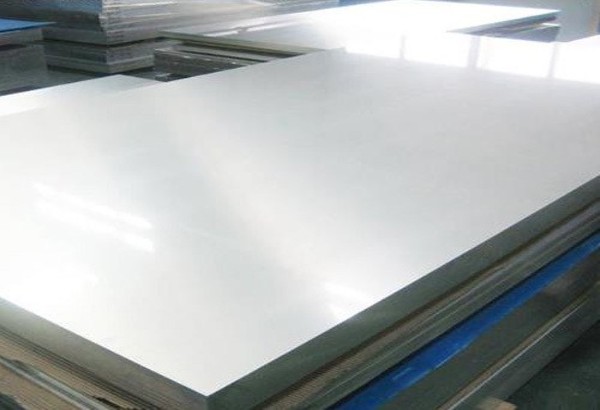Stainless Steel Sheet
One of the most adaptable building materials is stainless steel sheet metal.
It is not only strong and reasonably priced, but also quite simple to use. It may be applied to practically any project, from complex electronics applications to large-scale industrial applications.
The following information will teach you how to deal with stainless steel in applications that call for sheet metal fabrication:
Properties of Stainless Steel Sheet Metal
A steel alloy called stainless steel has at least 10.5% chromium in it. The metal's resistance to corrosion and discoloration is a result of its chromium concentration. Depending on the usage for which the steel will be utilised, the actual chromium content, carbon content, and metal content will change.
Stainless steel is not totally corrosion or stain proof, it should be emphasised. The resistance of the metal will depend on its composition, however no matter what compounds are present, the metal can still be harmed. But when you take into account its other benefits, stainless offers some of the highest corrosion and stain resistance currently available (aesthetics, durability, etc.).
Even though Stainless Steel Sheet metal can be fairly thin, it can only be that thin up to a quarter of an inch before it ceases to be considered sheet metal and becomes "plate." Gauge is used to determine the thickness of stainless steel sheet metal. The thickness of the sheet increases with the gauge number.
There are many different stainless steel sheet metal combinations, each having benefits and drawbacks. Although different manufacturers may provide various grades, finishes, and sizes, the kinds are often the same. These kinds consist of:
200 Series Austenitic – Chromium, carbon, manganese, and/or nickel make up this series. This series can be hardened, however one disadvantage is that it doesn't have much corrosion resistance.
300 Series Austenitic – Austenitic stainless steel, which is manufactured in the 200 and 300 series, accounts for around 70% of all stainless steel produced. Of all stainless steel kinds, the 300 series is the most ductile, weldable, and corrosion-resistant. The most often used grade is 304, sometimes known as A2 stainless. 304 is also known as 18/8 due to its 18% chromium and 8% nickel composition.
Martensitic – Although it is highly robust and simple to produce, this variety is less corrosion resistant.
Ferritic – Ferritic stainless is preferred for its ease of engineering but is less corrosion-resistant than austenitic..
Duplex – About 50/50 of this up-and-comer is austenitic and ferritic. About two times as powerful as austenitic, it.
Which Applications & Industries Is Stainless Best For?
Only check around your kitchen or the city to discover the numerous applications for stainless steel sheet metal. Due to the wide variety of kinds and thicknesses available, it may be utilised in:
Architecture
Construction
Automotive
Medical
Food service
Heavy industry
Energy
If you are looking for high quality Stainless Steel Sheets then click here. Calico Metal Alloy provide various range of stainless steel as per requirement.



Comments
Post a Comment